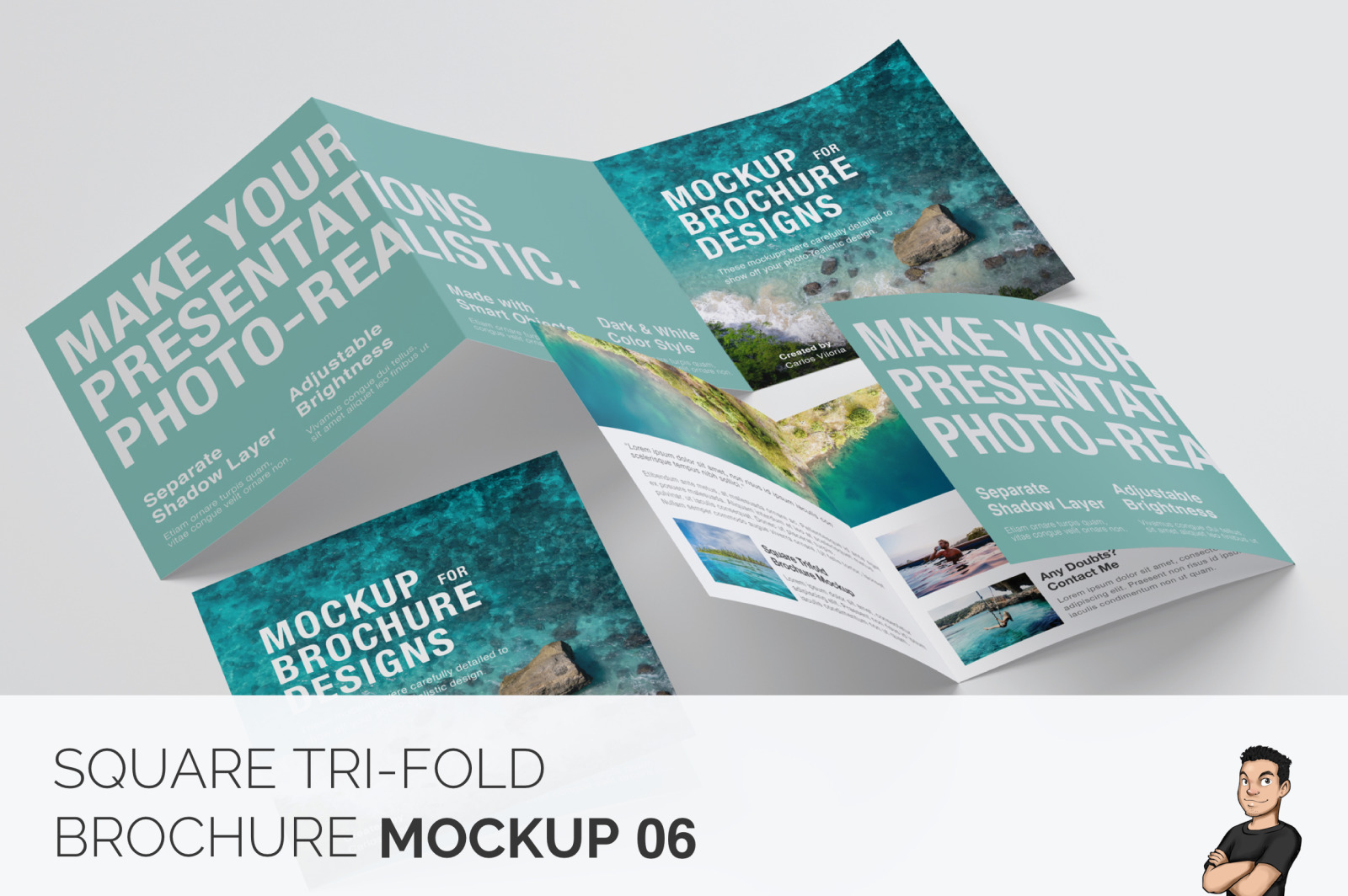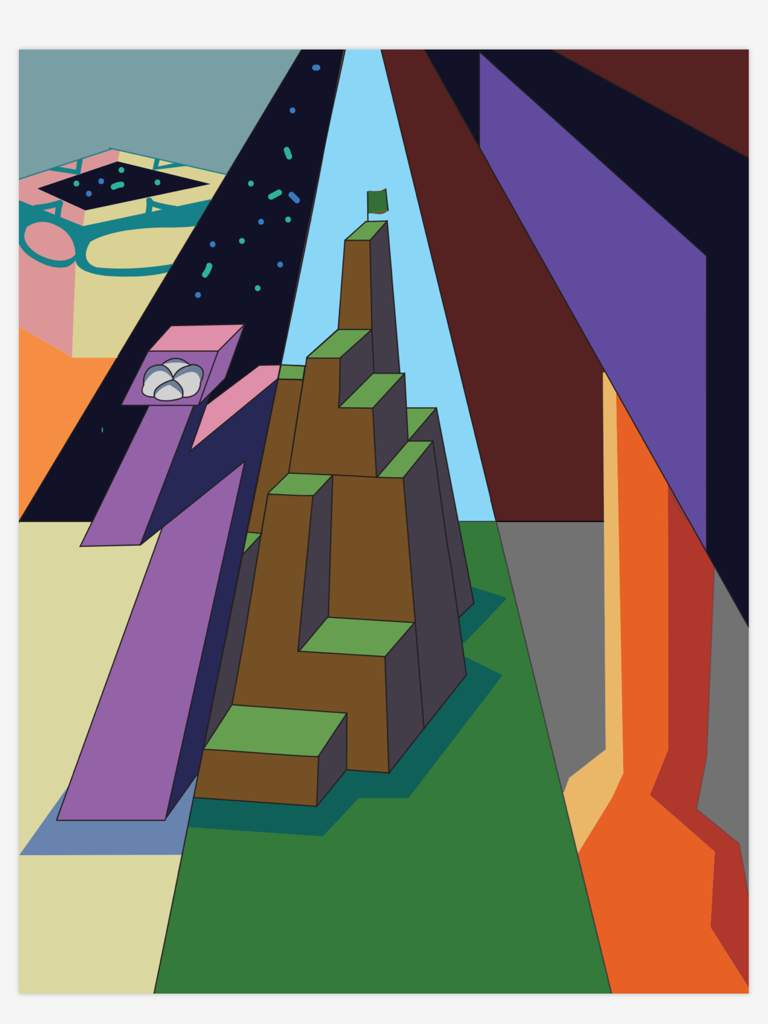

The horizon tool is used to establish the horizon line. Finally we have the horizon tool which I'll jump to with the N on my keyboard. I'll reset that again with a camera undo. You can move so far in that you go past your objects or so far out that they kind of disappear out on the horizon line. And the dolly's like the opposite of the pan tool. And next we'll look at the dolly with the three. I'll reset this again with a camera undo. You can move around, but you can't get closer to the subject. Imagine photographing animals at the zoo through a plate of glass. This pans the camera up or down, left and right. I can jump to that with a two on my keyboard. Next let's look at the pan tool that looks like the cross icon. I'll click on the camera undo button up here and I moved it a couple times so I'll have to click that twice to get back. So I need to do a camera undo to reset this. It can be a lot of fun spinning the camera around the models but be careful with this one if you've already matched your scene to a background image because orbiting the camera away from the Y axis, down here, breaks the alignment with the 2D background image like I've done here. It can go above your objects and even below the ground plane or all the way around the objects in a scene. Then I'll select the camera in the scene panel here so that we can watch the position of the camera in the properties panel here and then we'll just spin around this. I'll press the one on my keyboard to jump back to that. One for orbit, two for pan, three for dolly, and N for horizon. You can jump to each tool quickly by using keyboard shortcuts. Nothing on the desk moved, but everything looks different.


You can easily visualize this by getting up and walking around your desk. Moving the camera gives the appearance of moving objects in the scene, but in actuality the objects remain stationary while the camera moves to change your perspective of the objects. I've opened the Two Trees final composite because I want to explore the camera functions while working in a completed photorealistic scene. We've worked with the object tools and seen how they can move models around in a 3D space, now let's take a look at camera tools.


 0 kommentar(er)
0 kommentar(er)
